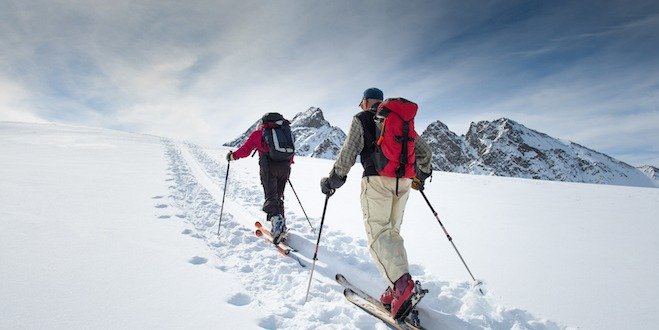
If you are planning an adventurous trip that involves high altitude, such as mountain climbing, there are some things you should know about high altitude and diabetes management before you travel.
Altitude and illness
Altitude sickness is common in people with and without diabetes after being exposed to high altitudes, although there is no difference in the rates or incidence between the two populations. However, for people with diabetes, being exposed to high altitudes for lengthy periods of time can have an effect on their disease.
A handful of studies have been conducted regarding mountain climbing in people with diabetes. These studies all showed that low blood sugar (hypoglycemia) can occur at high altitudes; this if often due to low oxygen levels and increased physical activity.
In rare cases, high altitudes can cause high blood sugar (hyperglycemia). It’s not known exactly why this happens, but some researchers have suggested that high altitudes may cause insulin resistance because carbohydrates are not metabolized as effectively.
Increased altitudes have also been shown to cause diabetic retinopathy to worsen, due to low oxygen levels at greater heights. In fact, high altitudes can actually cause hemorrhaging (profuse bleeding) of the retina. That’s why it’s important to have an eye examination if you’re planning a high-altitude vacation.
Another complication that can arise in people with diabetes who travel at high altitudes is ketoacidosis, a serious diabetes complication that happens when the body cannot use sugar (glucose) as a fuel source because there is no insulin or not enough insulin. Instead, fat is used for fuel instead, which causes an increase of acids (ketones) in the blood. If left untreated ketoacidosis can lead to diabetic comas and even fatalities.
Altitude and diabetes equipment
A number of studies have examined the accuracy and reliability of various glucose meters at altitudes higher than 6,000 feet. All of the studies demonstrated that meters are prone to both overestimation and underestimation of blood glucose levels. This effect is believed to be caused by lack of oxygen needed for the enzymatic reaction to occur in the meter. Cold temperatures also contribute to this phenomenon.
Tips for high-altitude and diabetes management
Having diabetes doesn’t prevent you from taking a trip to a high-altitude destination; it just requires more careful planning! Here are some tips to help you along the way.
- Visit your healthcare team for a diabetes check-up before you travel.
- Discuss your medications with your healthcare team, and how your regimen might be altered in high altitudes.
- Always tell the people you’re travelling with that you have diabetes, so they can help you if you become ill.
- When you’re on the go, keep all of your diabetes supplies in one place, preferably close to your body to prevent freezing. Coats or parkas that have large interior pockets are ideal.
- If you’re hiking at high altitudes, always carry urine strips to check for ketones or a blood glucose meter that specifically checks for ketones.
- Bring extra supplies with you (for example, extra insulin, back-up monitoring supplies, injectable glucagon). Pharmacies may be difficult to find in remote areas, and may not always carry the types of supplies you need.

